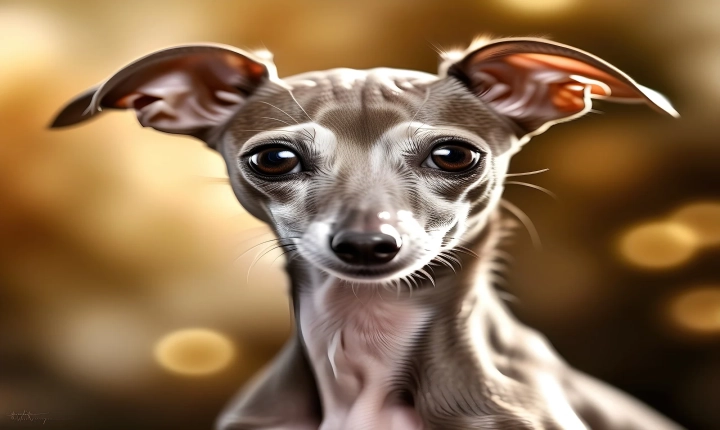Beauty has long been a subject of fascination, debate, and contemplation for humans across centuries and cultures. The concept of beauty has evolved over time and is influenced by various factors such as culture, society, and individual preferences. Interestingly, advancements in artificial intelligence (AI) have opened up a new perspective on beauty, giving us insight into how machines perceive and analyze aesthetics.
AI’s perception of beauty is based on complex algorithms and deep learning processes that enable it to recognize patterns and features that are traditionally considered aesthetically pleasing. These algorithms are trained on vast datasets of images, enabling AI to identify and categorize different aspects of beauty, such as symmetry, proportion, and harmony.
One key factor that AI considers in determining beauty is facial symmetry. Research has shown that humans are naturally drawn to faces with symmetrical features, as they are typically considered more attractive. AI takes this finding into account and uses it to assess and compare the symmetry of faces in images, assigning beauty scores based on these measurements.
Moreover, AI also looks at the proportions of facial features, such as the distance between the eyes, the size and shape of the nose, and the symmetry of the lips. These measurements are analyzed and compared to established standards of beauty to determine the attractiveness of a face.
In addition to facial features, AI also considers color balance, lighting, and composition when determining the aesthetic value of an image. For instance, AI can detect and evaluate the use of color in a photograph, determining whether the color palette is visually appealing and harmonious.
Furthermore, advancements in AI have also led to the development of algorithms that can create and analyze art and design, providing insight into the AI’s perception of beauty beyond human faces. These algorithms can generate original artworks based on learned aesthetic principles, giving us a glimpse into how AI interprets and creates beauty in various forms.
While AI offers a unique perspective on beauty, it’s essential to recognize that its perception is based on mathematical and algorithmic analysis, rather than emotional or cultural factors. Beauty is subjective, and human perceptions of aesthetics are shaped by diverse cultural and personal experiences that cannot be fully captured by AI algorithms.
Despite this, AI’s ability to analyze and create aesthetically pleasing content has practical applications in industries such as fashion, advertising, and design. By leveraging AI’s insights, businesses can gain valuable information about consumer preferences and optimize their visual content to appeal to a broader audience.
In conclusion, AI’s perception of beauty provides us with a new lens through which to understand and analyze aesthetic principles. While AI’s assessment of beauty is rooted in mathematical analysis, it offers valuable insights into the objective qualities that contribute to visual appeal. As AI continues to evolve, its understanding of beauty will likely become more nuanced, offering fascinating possibilities for the intersection of technology and aesthetics.
